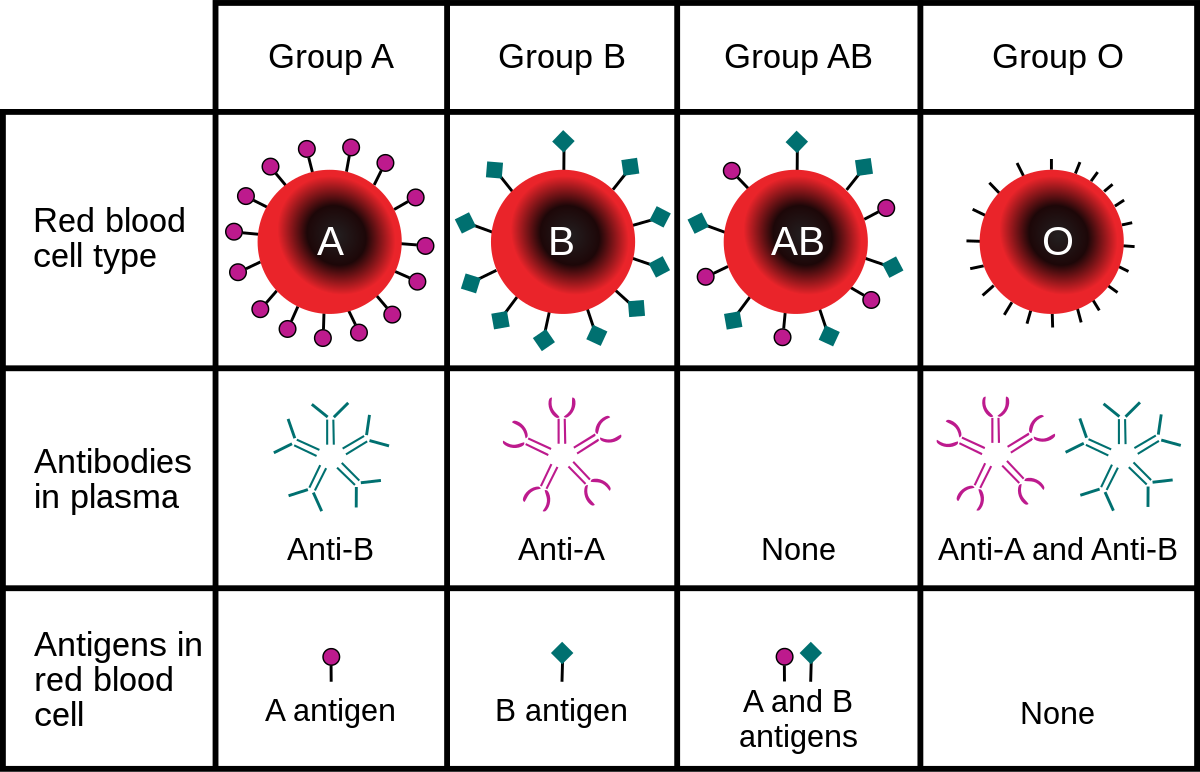Blood group was discovered by / ब्लड ग्रुप की खोज की थी
(1) Alexander Fleming / अलेक्जेंडर फ्लेमिंग
(2) William Harvey / विलियम हार्वे
(3) Landsteiner / लैंडस्टीनर
(4) Paulov / पॉलोव
(SSC CGL Tier-I (CBE) Exam.06.09.2016)
Answer / उत्तर :-
(3) Landsteiner / लैंडस्टीनर

Explanation / व्याख्या :-
ऑस्ट्रियाई जीवविज्ञानी और चिकित्सक, कार्ल लैंडस्टीनर, 1900 में मुख्य रक्त समूहों को प्रतिष्ठित करने के लिए जाने जाते हैं। उन्होंने रक्त में एग्लूटीनिन की उपस्थिति की पहचान से रक्त समूहों के वर्गीकरण की आधुनिक प्रणाली विकसित की। 1930 में, उन्हें फिजियोलॉजी या मेडिसिन में नोबेल पुरस्कार मिला।
यह 1900 तक नहीं था, जब वियना विश्वविद्यालय में कार्ल लैंडस्टीनर ने पता लगाया कि क्यों कुछ रक्त आधान सफल रहे जबकि अन्य घातक हो सकते हैं। लैंडस्टीनर ने अपने प्रत्येक कर्मचारी की लाल कोशिकाओं और सीरम को मिलाकर एबीओ रक्त समूह प्रणाली की खोज की। उन्होंने दिखाया कि कुछ लोगों के सीरम ने दूसरे की लाल कोशिकाओं को बढ़ा दिया। इन शुरुआती प्रयोगों से, उन्होंने तीन प्रकारों की पहचान की, जिन्हें ए, बी और सी कहा जाता है। चौथा कम लगातार रक्त समूह एबी, एक साल बाद खोजा गया था। 1930 में, लैंडस्टीनर को उनके काम के लिए शरीर विज्ञान और चिकित्सा में नोबेल पुरस्कार मिला। मानव ABO रक्त प्रकार को निर्धारित करने वाला जीन गुणसूत्र 9 पर स्थित होता है और इसे ABO ग्लाइकोसिलट्रांसफेरेज़ कहा जाता है। एबीओ लोकस के तीन मुख्य एलील रूप हैं: ए, बी, और ओ, जैसा कि ऊपर उल्लेख किया गया है और उनमें से प्रत्येक इसके ग्लाइकोप्रोटीन के उत्पादन के लिए जिम्मेदार है। इसलिए यह एलील का संयोजन है जो माता-पिता से विरासत में मिला है जो यह निर्धारित करता है कि कौन से ग्लाइकोप्रोटीन (एंटीजन) व्यक्ति की रक्त कोशिकाओं पर पाए जाते हैं और इस प्रकार उनके एबीओ रक्त प्रकार।
Karl Landsteiner, an Austrian biologist and physician, is noted for having distinguished the main blood groups in 1900. He developed the modern system of classification of blood groups from his identification of the presence of agglutinins in the blood. In 1930, he received the Nobel Prize in Physiology or Medicine.
It was not until the year 1900, when Karl Landsteiner at the University of Vienna, discovered why some blood transfusions were successful while others could be deadly. Landsteiner discovered the ABO blood group system by mixing the red cells and serum of each of his staff. He demonstrated that the serum of some people agglutinated the red cells of other. From these early experiments, he identified three types, called A, B and C. The fourth less frequent blood group AB, was discovered a year later. In 1930, Landsteiner received the Nobel Prize in physiology and medicine for his work. The gene that determines human ABO blood type is located on chromosome 9 and is called ABO glycosyltransferase. The ABO locus has three main allelic forms: A, B, and O, as mentioned above and each of them is responsible for the production of its glycoprotein. It is therefore the combination of alleles that are inherited from parents that determines which glycoproteins (antigens) are found on person’s’ blood cells and thereby their ABO blood type.














No comments:
Post a Comment